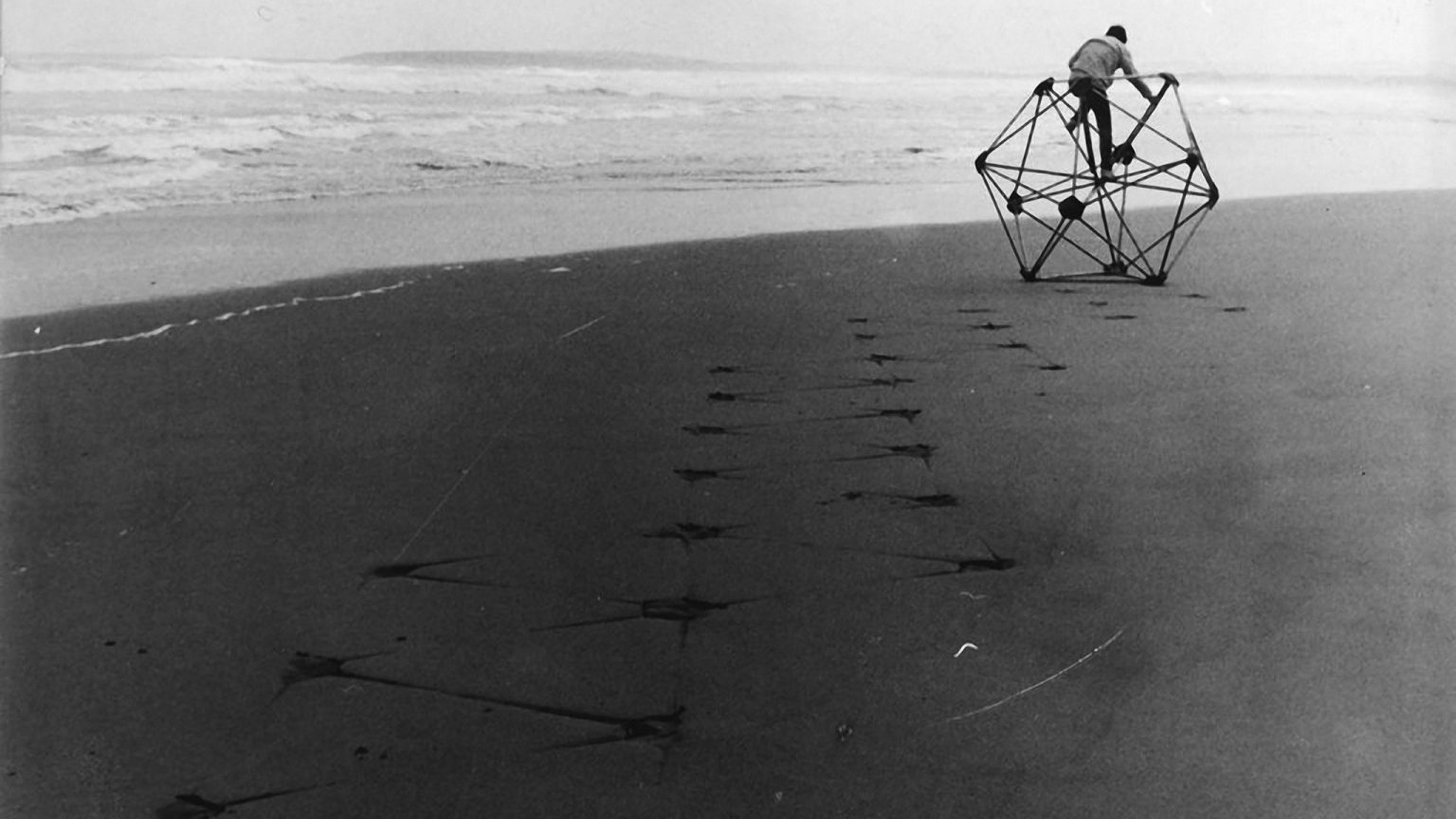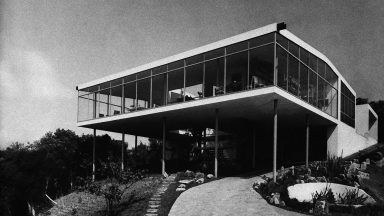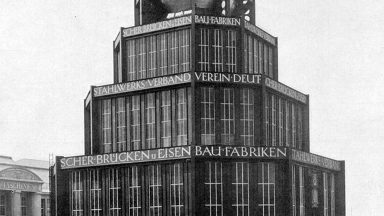History of Architecture V/VI

Manuel Casanueva and Escuela de Valparaíso, Edros y Oides, Playa de Retoque, Quintero, 1979. Source: Archivo Histórico Jose Vial Armstrong, PUCV, Valparaíso.
In the twentieth century, radical social, political, economic, environmental, and technological shifts challenged existing social contracts—offering new potentials for exercising dominance as well as paths toward liberation. These historical transformations were reified in—and shaped by—new spatial arrangements. This course will chart a map of these transformations as they intersected with the production of the objects most specific to the discipline of architecture: buildings. Despite their material solidity, buildings are both things and ideas. Therefore, to understand the radical shifts of the twentieth century, we will focus not only on buildings but also on the ways in which thinking about buildings changed. In order to consider buildings as simultaneously concrete objects and conceptual constructs, the course will focus on the notion of typology. Prevalent in architectural discourse since the late eighteenth century, typology and type often sought to reconcile the material particularity of buildings with broader conceptual, historical, and geographic forces. Moreover, the idea of type often enabled the discipline of architecture to react to seismic historical shifts while maintaining a certain degree of professional, intellectual, and aesthetic autonomy. Aiming to understand these transformations, this course will take changing and competing definitions of typology as a means to historicize architecture in relation to modernity in the twentieth century.
This focus will lead away from narratives based on the work of singular architects and will rather emphasize an understanding of architecture as a broad techno-cultural practice. Unsettling the familiarity of the term “modern architecture,” every week we will revise the relationship between modernism and modernity by considering processes, geographies, and subjects often excluded from those categories. Instead of simply incorporating hitherto excluded case studies into the modernist canon, the class will offer a critical history of the canon itself. How did architecture partake in constructing and consolidating power differentials such as those based on race, gender, and class? Similarly, we will address episodes of liberation, criticism, and resistance associated with architecture throughout the twentiethcentury. In contemporary times determined by rampant populism, acritical and techno–deterministic discourses, an ever-growing gulf of social inequality, and a severe ecological crisis, constructing historical consciousness around the status of the built artifact is more important today than ever before.

